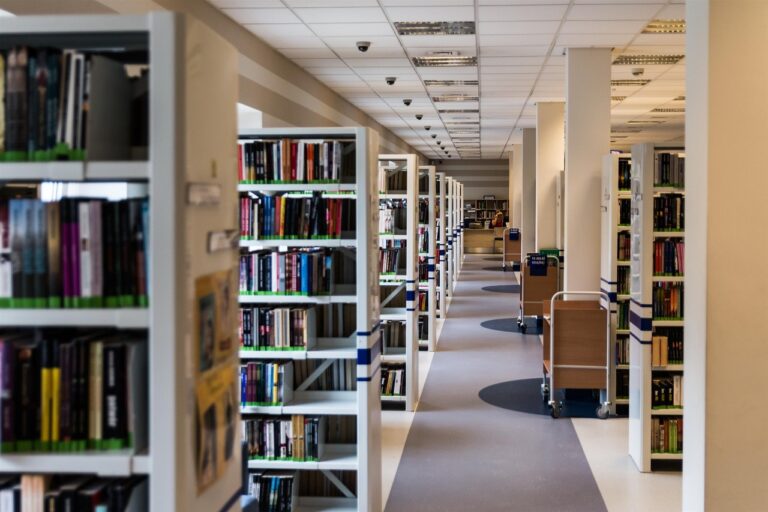Media Literacy Education: Navigating Information in the Digital Age
Media literacy education is crucial in today’s world where information is readily accessible at our fingertips. With the proliferation of digital media platforms, individuals need to be equipped with the skills to critically analyze and evaluate the content they consume. By enhancing media literacy skills, individuals can distinguish between fact and fiction, identify potential biases, and navigate through the vast sea of information with a discerning eye.
Moreover, media literacy education empowers individuals to become active participants in the media landscape rather than passive consumers. By understanding the complexities of media production and dissemination, individuals are better equipped to engage with media content in a way that is informed and thoughtful. With the ability to critically evaluate information, individuals can make more informed decisions, form their own opinions, and contribute meaningfully to societal dialogues.
Media literacy education helps individuals distinguish between fact and fiction
It enables individuals to identify potential biases in media content
Media literacy skills help people navigate through vast amounts of information with a discerning eye
Media literacy education empowers individuals to become active participants in the media landscape:
Understanding complexities of media production and dissemination
Engaging with media content in an informed and thoughtful manner
Making more informed decisions, forming their own opinions, and contributing meaningfully to societal dialogues
Understanding the Role of Media in Society
In today’s interconnected world, the media plays a pivotal role in shaping public opinion, influencing societal norms, and disseminating information to the masses. Through various forms such as television, newspapers, social media, and online platforms, the media serves as a powerful tool that can either empower or manipulate individuals and communities.
Moreover, the media serves as a watchdog, holding those in power accountable and exposing corruption and wrongdoing. By providing a platform for diverse voices and perspectives, the media encourages healthy debate and fosters a more informed and engaged citizenry. However, with this power comes a great responsibility to uphold ethical standards, maintain transparency, and strive for accuracy in reporting.
Identifying Bias and Manipulation in News Sources
Bias and manipulation in news sources are prevalent in today’s media landscape. It is important for consumers to critically analyze the information presented to them and be able to identify any potential biases that may be influencing the coverage. One common form of bias is political bias, where news outlets favor one political party or ideology over another, leading to skewed or incomplete reporting.
Manipulation in news sources can take many forms, from selective reporting to sensationalized headlines designed to grab attention. Readers should be wary of sources that use emotional language or rely heavily on anonymous or unverified sources, as these can indicate an attempt to manipulate the narrative. By being aware of these tactics, individuals can become more media literate and make informed decisions about the news they consume.
Why is it important to be aware of bias and manipulation in news sources?
It is important to be aware of bias and manipulation in news sources because it can affect the information we receive and how we perceive certain events or issues. By being able to identify bias and manipulation, we can better evaluate the credibility of the news sources and make informed decisions.
How can media literacy education help in identifying bias and manipulation in news sources?
Media literacy education can help individuals develop critical thinking skills and understand how media messages are constructed. By learning how to analyze media content, people can better recognize bias and manipulation in news sources.
What are some common signs of bias in news sources?
Some common signs of bias in news sources include selective reporting, loaded language, and the use of stereotypes. Additionally, bias can be present in the framing of a story or the selection of sources.
How can one differentiate between legitimate news sources and sources that may be biased or manipulative?
One way to differentiate between legitimate news sources and biased sources is to compare information from multiple sources and look for consistency in reporting. It is also important to consider the reputation and credibility of the news source.
What can individuals do to combat bias and manipulation in news sources?
Individuals can combat bias and manipulation in news sources by diversifying their sources of information, fact-checking claims, and being critical of the information they consume. It is also important to be aware of one’s own biases and to approach news sources with a critical eye.







